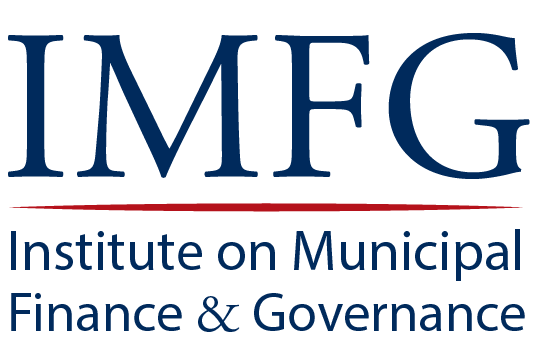The potential and consequences of municipal electoral reform
Following pressure from some sectors of civil society, the Province of Ontario passed a law in 2016 allowing municipalities to use ranked ballots to elect mayors and councillors. This change in provincial regulation, and the dialogue and debate that led to the policy change, raise important questions about the nature of municipal electoral systems in Canada.
Changing an electoral system can improve voter turnout and alter electoral outcomes for the better. However, no change to an existing electoral system will address all the perceived flaws within an existing system. Change may, in fact, introduce new and unintended complications to elections and voting.
Understanding the nature of different electoral systems is a necessary step when contemplating change or the status quo, as is being able to articulate clearly the objectives one hopes to achieve through electoral reform. Ultimately, proponents of change must understand that the objectives they hope to achieve through electoral reform may not be universal, and that different objectives may actually conflict with one another.
This paper is intended to introduce and discuss the variety of components that constitute a municipal electoral system so that proponents for change, supporters of the status quo, and individuals simply wishing to expand their knowledge of democratic institutions may be better informed about the potential and consequences of electoral reform at the municipal level.
